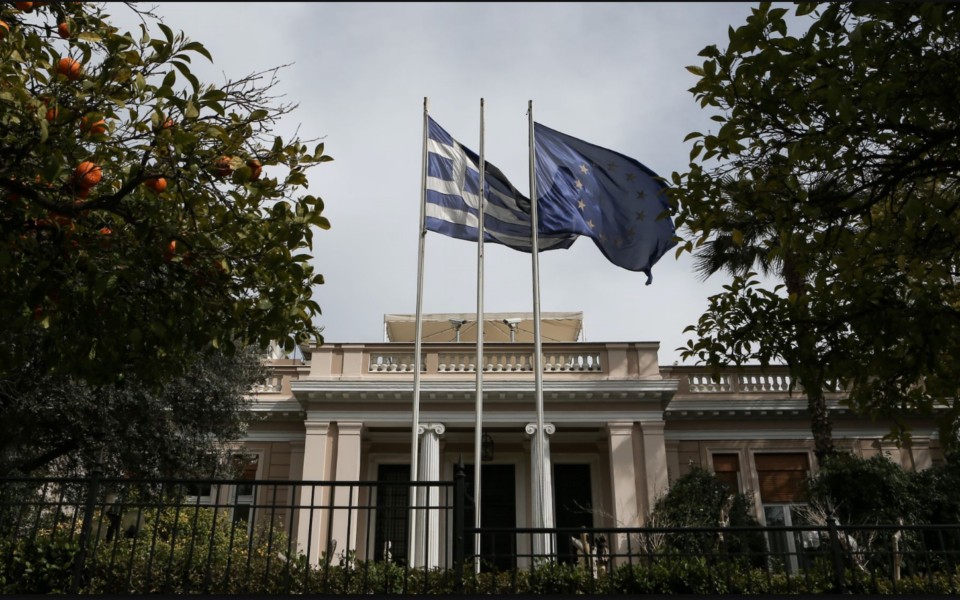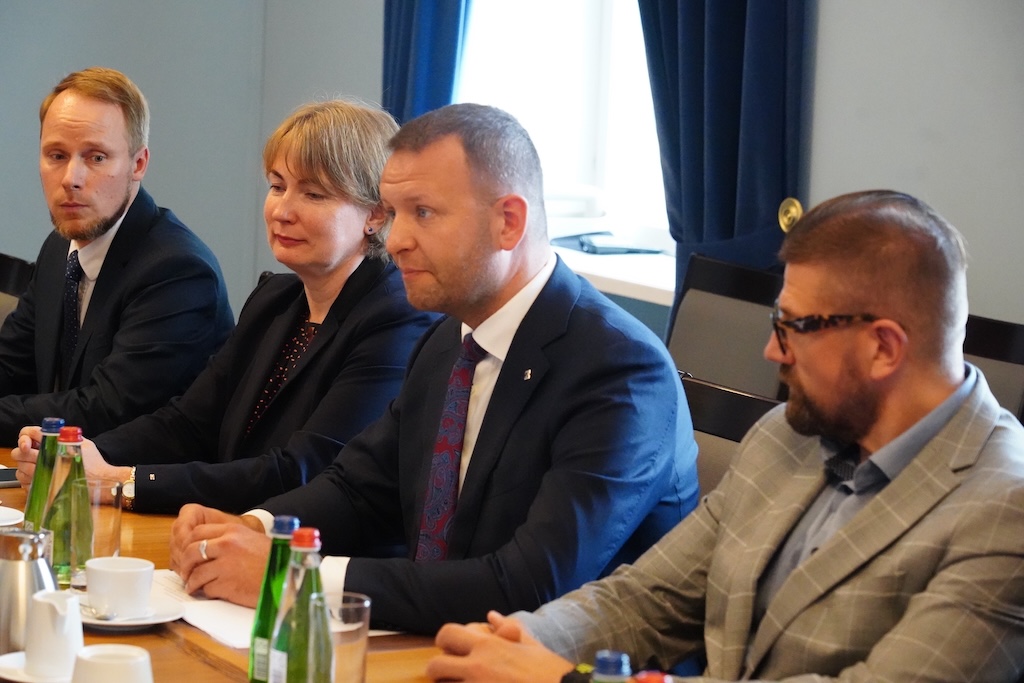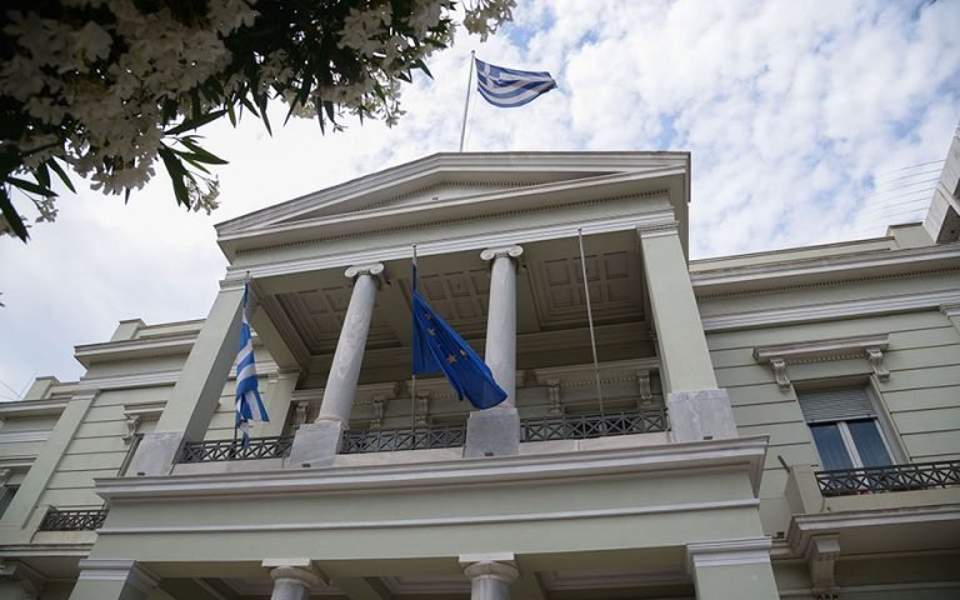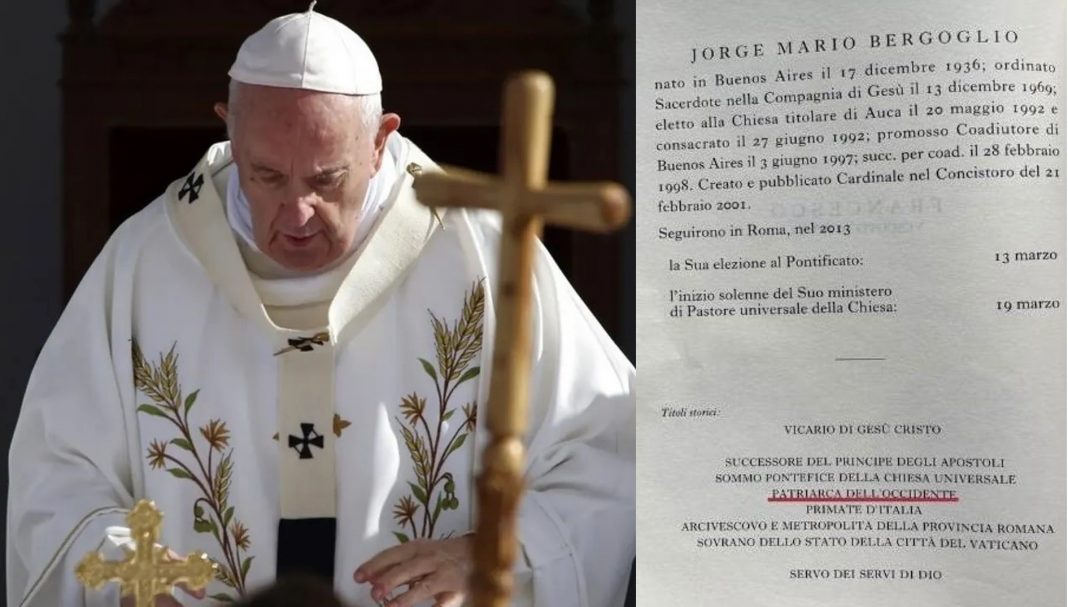The WHO wants 70 per cent of the world vaccinated by mid-2022, but can we get there?
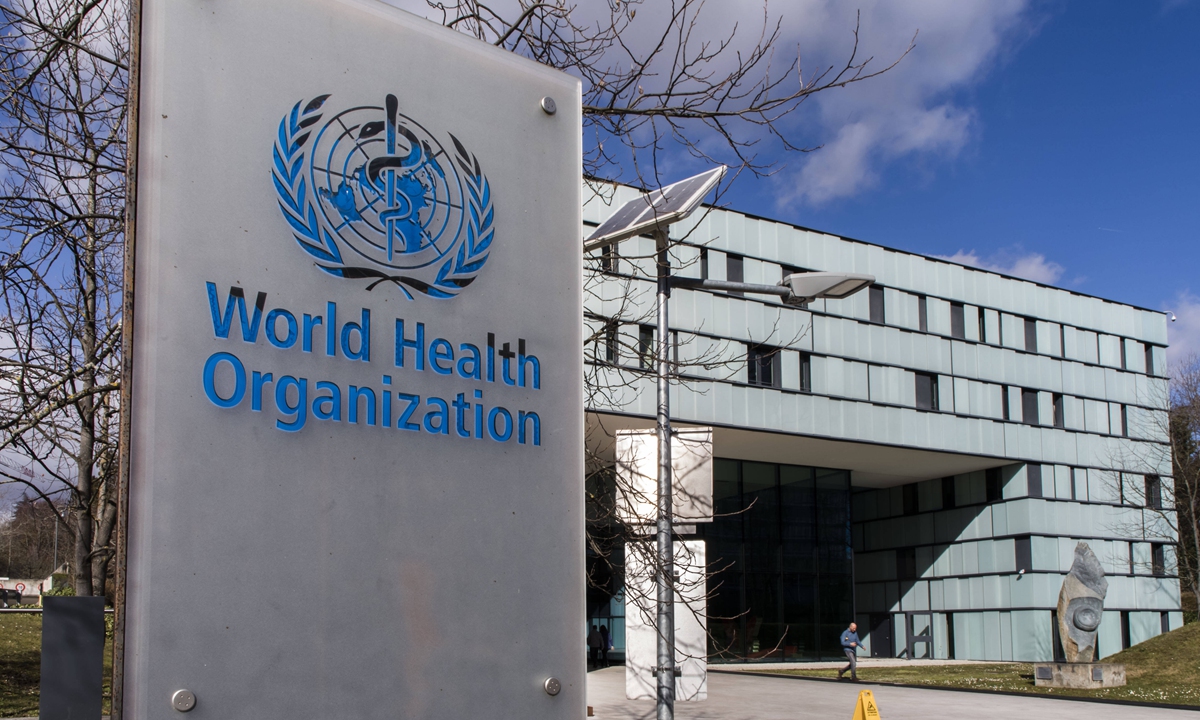

The World Health Organization (WHO) has released its plan to address global COVID-19 vaccine inequality, aiming to vaccinate 70 per cent of the world’s population by mid-2022.
It also set the target of having 40 per cent of the global population vaccinated by the end of this year.
The WHO’s targets are considered crucial milestones towards limiting the disease burden and economic impacts of the coronavirus pandemic that has continued to wreak havoc across the globe.
But official data shows the distribution of vaccines continues to be plagued by inequities between high-income and low-income countries.
The WHO data from October shows less than 4 per cent of people in low-income countries have received at least one dose of a COVID-19 vaccine, compared to almost 61 per cent of high-income countries.
United Nations Secretary-General Antonio Guterres has urged stronger global efforts to address the disparities.
“Not to have equitable distribution of vaccines is not only a question of being immoral, it is also a question of being stupid,” Mr Guterres told reporters.
The WHO’s proposal is aimed at overcoming these challenges by getting nations to set aside their own self-interests to deliver more vaccines to countries falling behind in the vaccination race.
What is the WHO’s plan?
The WHO is calling for countries with high vaccine coverage to consider sharing expected deliveries of additional doses, to help bring an end to what it calls a “two-track pandemic”.
“People in poorer countries continue to be at risk while those in richer countries with high vaccination rates enjoy much greater protection,” the WHO said in its plan.
Instead, the WHO is calling for additional doses to be directed to the COVID-19 Vaccines Global Access (COVAX) global sharing program and the African Vaccine Acquisition Trust (AVAT) for distribution to regions that need it most.
Richer nations are also being called on to fulfil and accelerate vaccine dose-sharing and donation commitments to COVAX, and make new pledges.
The plan also makes clear the responsibility of pharmaceutical companies to prioritise vaccine contracts bound for lower and middle-income countries, and to be transparent about their monthly production rates.
“The whole UN system has shown leadership, but we have no power,” Mr Guterres said.
“The power is in the countries that produce vaccines or might produce them, and in the companies.”
Are we on track to meet the targets?
More than half of the world is yet to receive at least one dose of a COVID-19 vaccine, according to figures from Our World in Data compiled from official sources.
AFRICA
Only 4.6 per cent of people have been fully vaccinated against COVID-19 with around 7 per cent having received one dose.
This includes 0.1 per cent of people who have received one vaccine dose in the Democratic Republic of Congo – a country of almost 90 million people.
In COVID-19-ravaged South Africa where 2.9 million cases have been recorded, only about 15.9 per cent of the population has been fully vaccinated.
In Nigeria – a country of more than 200 million people – just 2.3 per cent of the population has received at least one dose.
OCEANIA
Vaccination rates are higher in Oceania with 35.6 per cent of people having been fully vaccinated and 51.3 per cent of people having received at least one dose.
But despite this, in Papua New Guinea – where hospitals have been pushed to the brink by COVID-19 – only 1.5 per cent of people have received at least one vaccine dose.
ASIA
In Asia, 37.86 per cent of people are fully vaccinated and 52.7 per cent have received at least one dose.
But in India – a country of around 1.38 billion people – only 18.3 per cent are fully vaccinated, while in neighbouring Pakistan 14.1 per cent have been fully vaccinated.
In Indonesia, around 18.3 per cent of the population has been fully vaccinated
MIDDLE EAST
Vaccine shortfalls are also evident in the Middle East. In Yemen just 0.2 per cent of the population has been fully vaccinated, while only 18.4 per cent of people in Iran have received both doses.
SOUTH AMERICA
In South America, the fully vaccinated rate sits at 47.84 per cent with 64 per cent of the population having received at least one dose.
But countries falling behind this mark include Venezuela, where only 33.9 per cent of people have received at least one vaccine dose. In Bolivia, 34.9 per cent have received at least one dose.
NORTH AMERICA
In North America, 47.84 per cent are fully vaccinated against COVID-19 and 58.4 per cent have had at least one dose.
This includes in the United States where 55.4 per cent have been fully vaccinated, and Canada where 71.6 per cent have received both doses.
EUROPE
Vaccination rates are higher in Europe with 52.8 per cent fully vaccinated and 57.2 per cent having received at least one dose.
This includes Germany where 64.4 per cent of people are fully vaccinated, and the United Kingdom where 66 per cent have received both doses.
What is Australia doing to help?
The Australian government has so far pledged to share 60 million vaccine doses to the Indo-Pacific region between now and the end of 2022.
Australia has also committed $130 million to the COVAX Advance Market Commitment (COVAX AMC) to procure and distribute vaccines to lower-income countries.
The United States is leading donation efforts, already shipping nearly 160 million doses to lower-income nations and pledging in a total 1.1 billion doses by next year.
This compares to China, which has pledged to donate 100 million vaccine doses by the end of this year.
The European Union has also committed to donate over 500 million vaccine doses, while Britain has pledged to donate 100 million doses by June next year.
Negotiations on intellectual property rights waiver stalled
South Africa and India last year proposed a waiver on intellectual property rights to make it easier for low and middle-income countries to manufacture generic versions of the vaccines.
But negotiations on such a move – backed by Australia – remain deadlocked and directionless, sources told Reuters earlier this week.
WHO Director-General Dr Tedros Adhanom Ghebreyesus has questioned why countries have been unable to reach an agreement.
“If we cannot use it now during this unprecedented situation, when do we use the Trade-Related Aspects of Intellectual Property Rights [TRIPS] waiver?” Dr Ghebreyesus said.
“Manufacturers and governments should really ask themselves this question.”
Source: sbs.com.au

